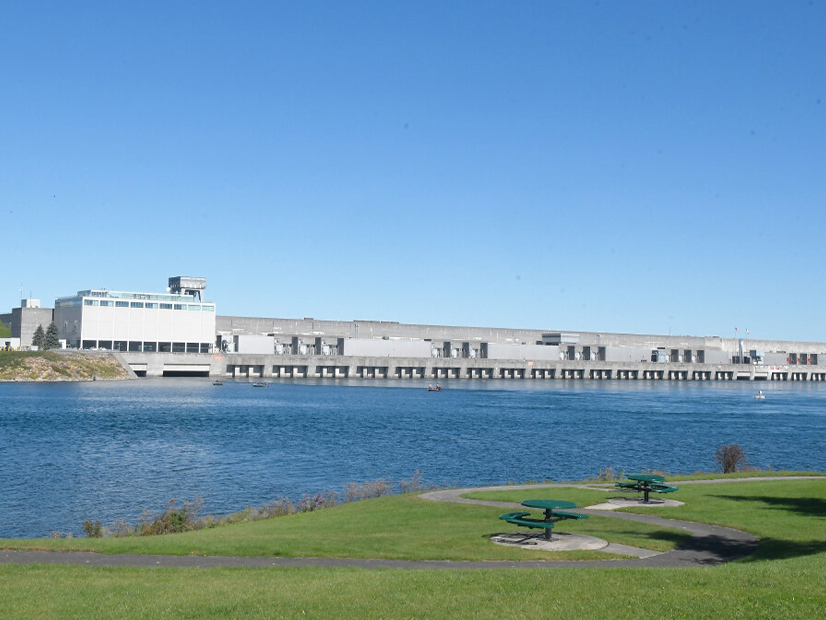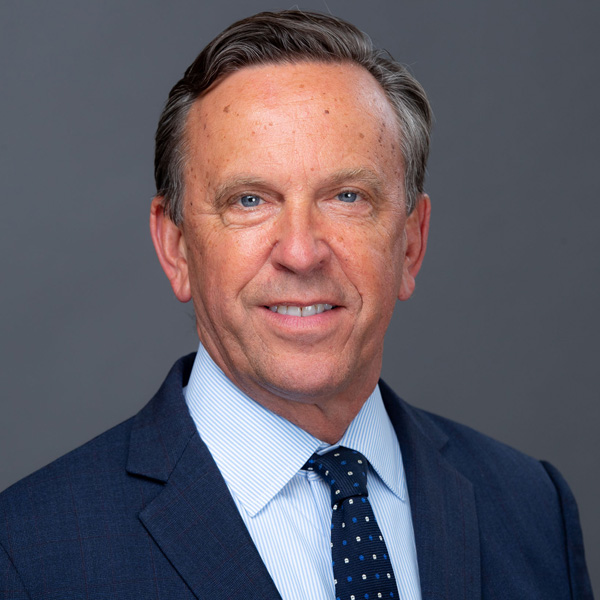
The head of the New York Power Authority said Tuesday that the utility’s proposed renewable energy development role is a necessary part of the state’s drive to clean energy.
Gov. Kathy Hochul is seeking to expand the state-owned utility’s capabilities as part of her state budget plan.
But energy developers and their legislative allies have said the private sector is capable and willing to do the work needed to decarbonize New York’s power grid, and NYPA should not be placed in competition.
 Justin Driscoll, acting president of the New York Power Authority | New York Power Authority
Justin Driscoll, acting president of the New York Power Authority | New York Power Authority
Acting NYPA President Justin Driscoll told the State Senate Energy and Telecommunications Committee on Tuesday that it is not an either-or proposition.
“Given the challenge we’re facing here, we need all the tools in the toolbox,” he said. “Government can play a role. Nobody is suggesting that government be the only tool. But just given the enormity of what we’re looking to achieve here, we think that NYPA and government can play an ancillary role in the energy transition.”
Driscoll explained that NYPA could take on smaller projects that the private sector might skip; collaborate with the private sector on larger renewable development; or provide siting for these projects on land it owns.
“So I think it’s just additive to what the industry is doing now,” he said.
Large-scale renewable projects that have been awarded contracts by the New York State Energy Research and Development Authority would get New York to 66% statewide renewable generation. This is close to the 70% mandate set for 2030, but Driscoll noted not every project will be built. So, more is needed.
“Can NYPA be additive to that private-sector work? I think so,” he said.
Some critics say Hochul’s proposal to expand NYPA’s responsibilities goes too far by creating potential competition with the private sector. Other critics say Hochul’s plan doesn’t go far enough, as it only authorizes, not requires, NYPA to undertake development and does not fold in provisions to boost organized labor. (See Hochul Proposes Expanded Clean Energy Role for NYPA.)
Driscoll earlier this month told a Senate budget hearing that NYPA needs discretion to pick and choose projects because of its finite resources and said he thinks there are sufficient labor protections in Hochul’s plans. (See NY Legislators Press Hochul Officials on Energy Transition.)
Nor, he said Tuesday, would NYPA’s status as a public agency enable it to sidestep regulations, oversight and local accountability on any projects it did undertake.
Senators asked Driscoll about nuclear fission and hydrogen combustion. While neither emits carbon dioxide, some climate activists say they should not be classified as clean energy.
“I can tell you around the country there’s a lot of interest in the deployment of small modular reactors,” Driscoll said. “We won’t be a leader, I don’t think, certainly at the Power Authority. Other states will potentially lead the way, and we’ll see what comes out of that in the way of efficiency [and] safety. Obviously nuclear is a huge piece of where we sit today in terms of our clean energy.”
Hydrogen, he said, is certainly going to play a big role in the energy transition.
“The big question for industry is, what’s the right role for hydrogen?”
NYPA undertook a pioneering test of fuel mixtures of up to 40% hydrogen at its natural gas-fired peaker plant east of New York City, Driscoll noted. (See NYPA Reports Successful Hydrogen Test at Natural Gas Power Plant.)
“We have no plans to utilize hydrogen in any of our power plants, but we thought it was important learning.”


